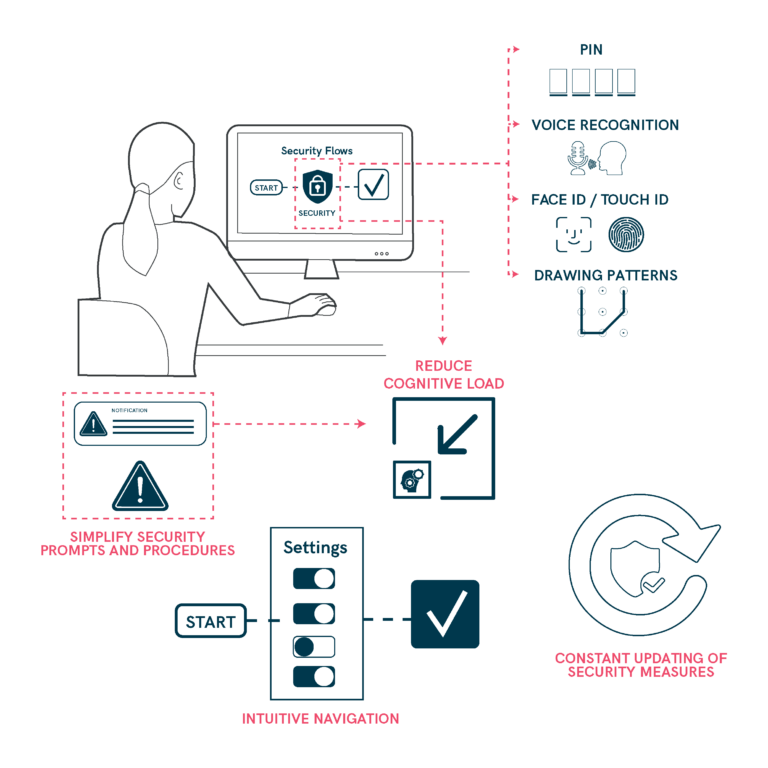
Digital barrier
Spectrum of abilities
Access to and use of digital technologies covers a broad range of skills and needs, varying based on factors such as age, social context, and prior familiarity with digital devices. While some people have grown up immersed in digital environments and can easily navigate various platforms, others may face significant challenges due to a lack of previous exposure to technology. Digital skill diversity also involves differences in the ability to adapt to new tools and transfer knowledge across different digital environments.
Accesibility and inclusion actions
To reduce digital barriers, it is essential to implement strategies that improve access to and use of technology for the entire population. This includes designing intuitive interfaces, offering tailored digital literacy programs, and ensuring accessible formats. Additionally, it is important to ensure the availability of suitable devices and stable Internet connections. Promoting user autonomy and the use of assistive technologies, such as screen readers and adapted keyboards, also contributes to digital inclusion.
Key beneficiary users
Digital inclusion initiatives particularly benefit older adults, people with disabilities, and those with limited access to technology or low digital literacy. Marginalized communities, such as those in rural or low-income areas, can enhance their quality of life by increasing participation in the digital society. Reducing the digital divide improves access to education, healthcare, and employment, fostering greater equity and opportunity.

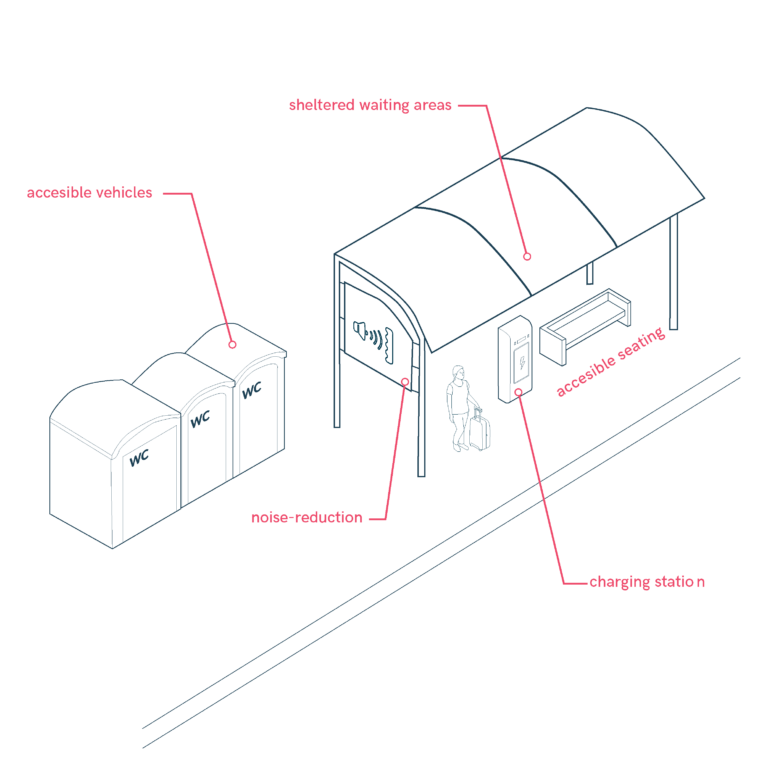
Accessible Waiting Areas and Station Facilities at Mobility Hubs
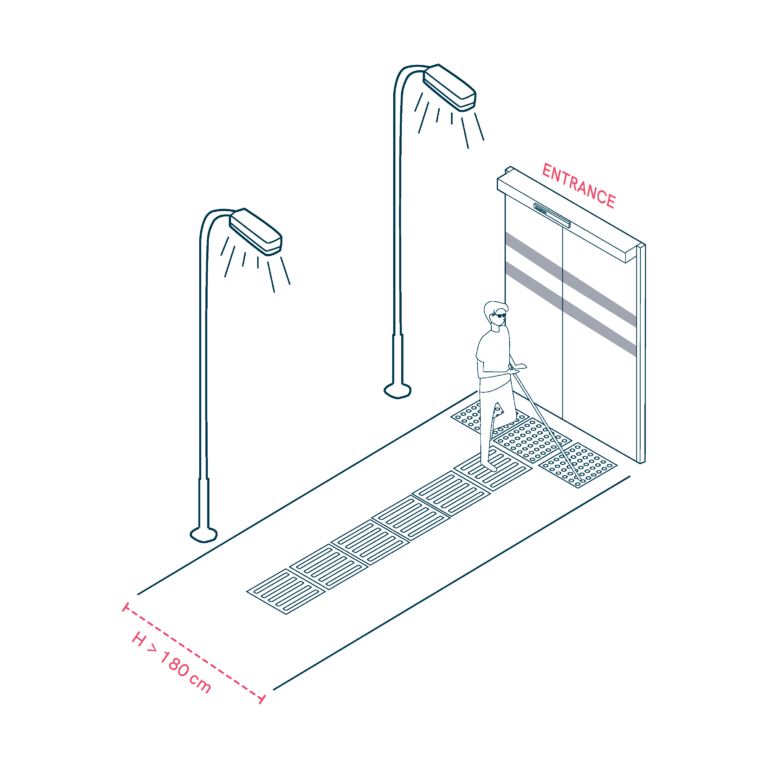
Around the Mobility Hub

Assistive Technology Integration
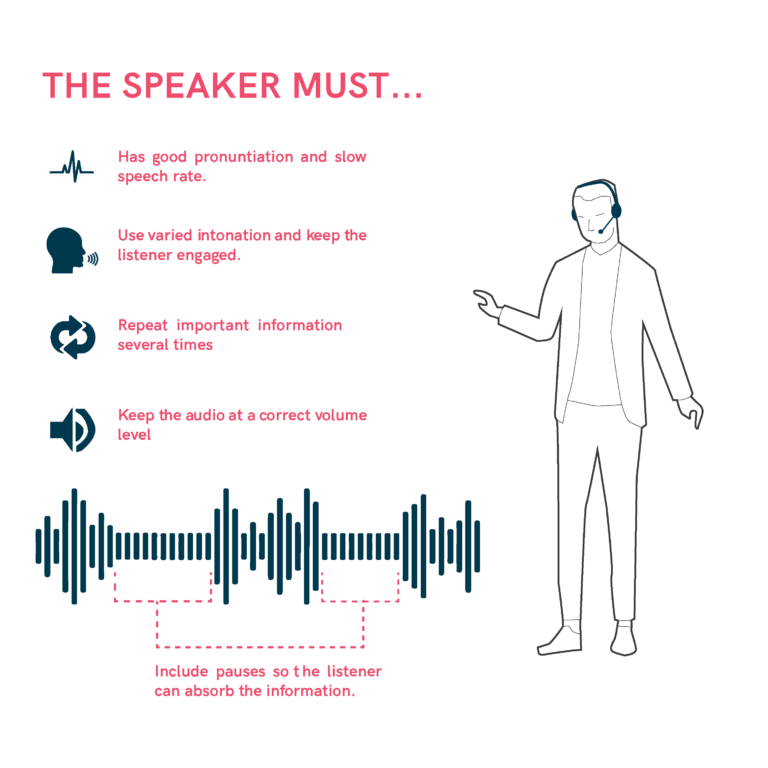
Audio Information

Clear Signage and Orientation
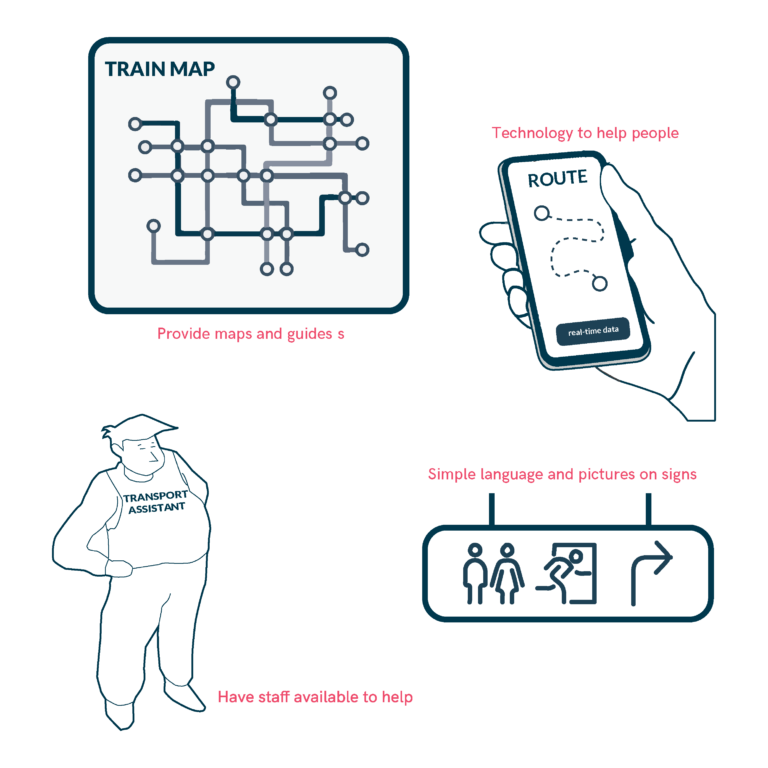
Cognitive-Friendly Design

Comfort-Based Mobility Assistance
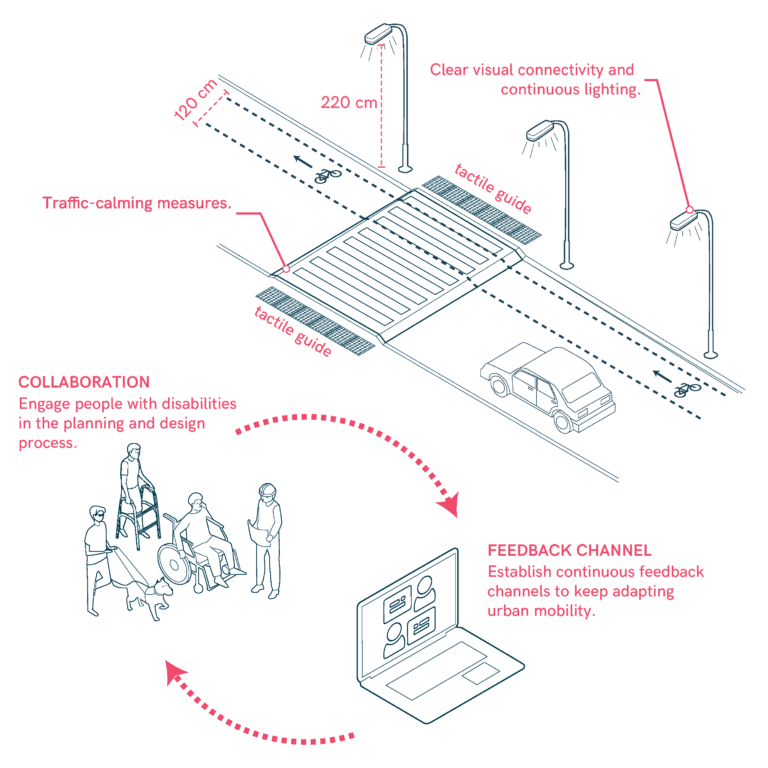
Community Engagement and Feedback
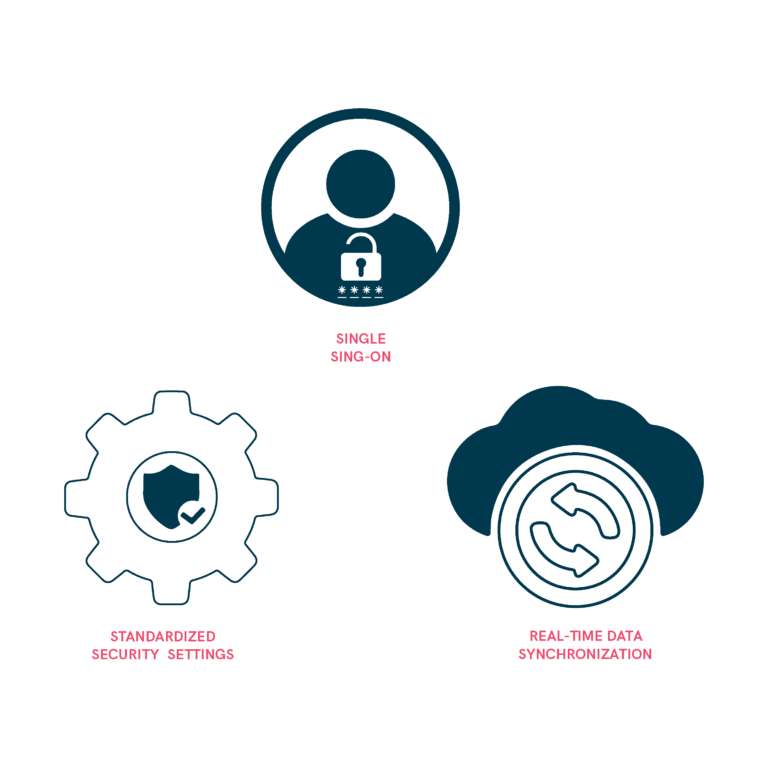
Consistent Security Practices

Develop Digital Incident Plans

Develop Digital Interfaces
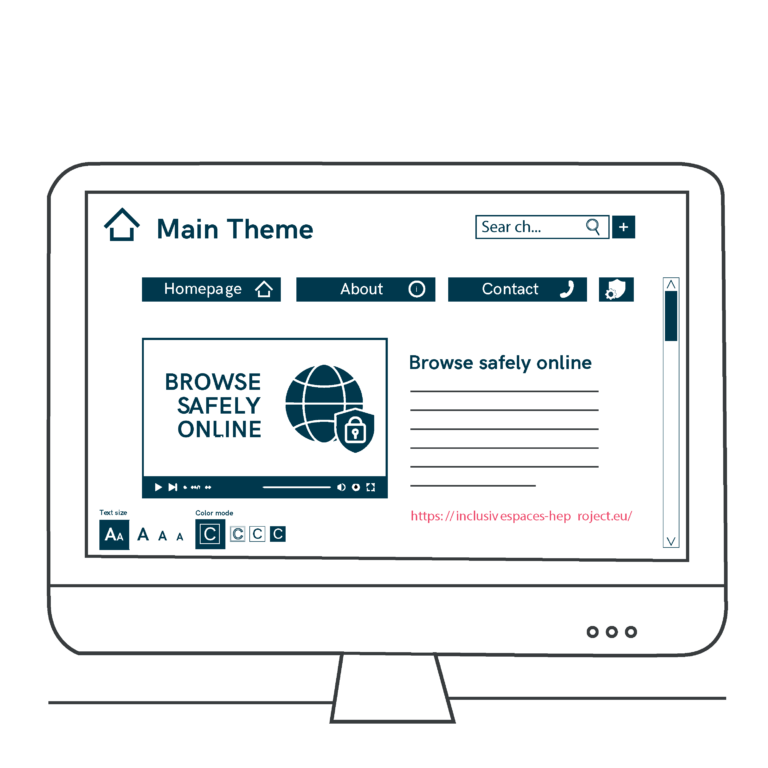
Digital Content for Clarity
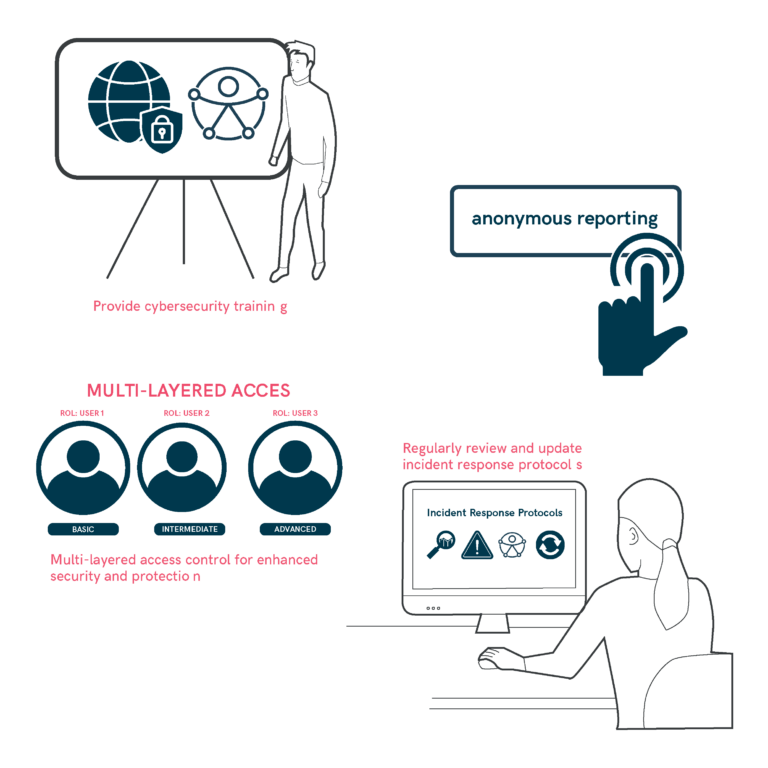
Digital Workplace Security

Easy-to-Read Text Format
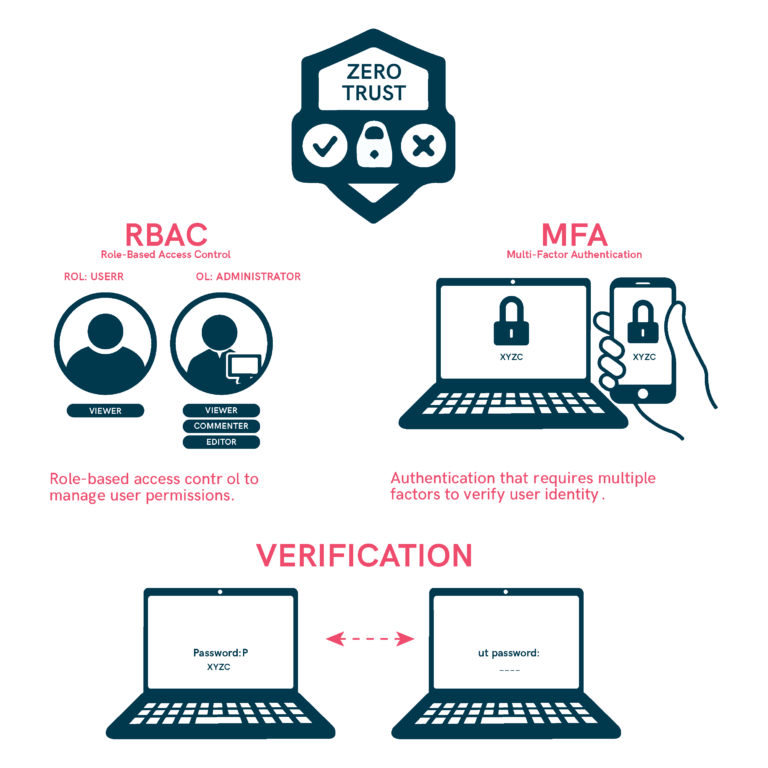
Enforce Digital Access Control
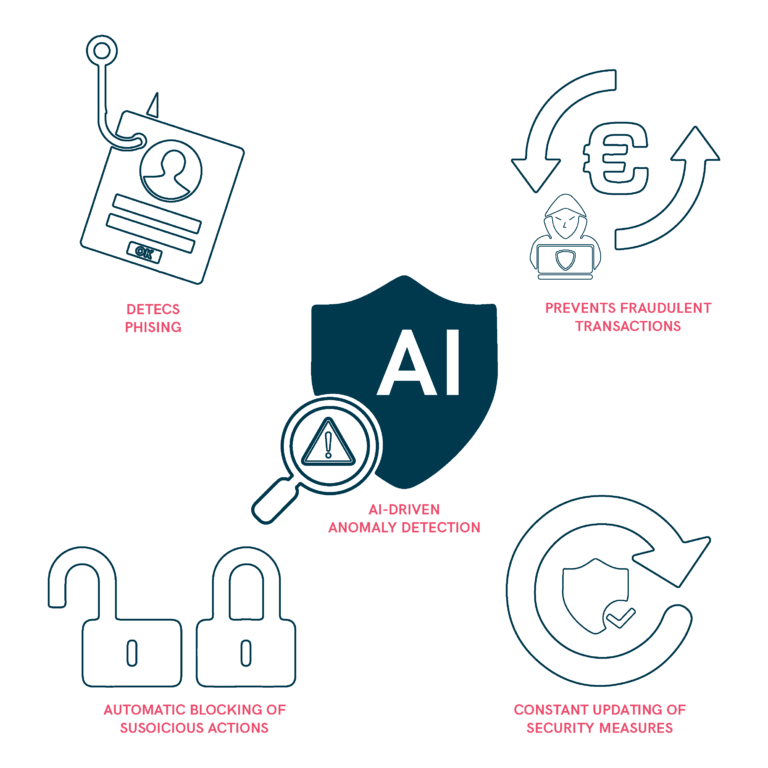
Enhance Threat Detection
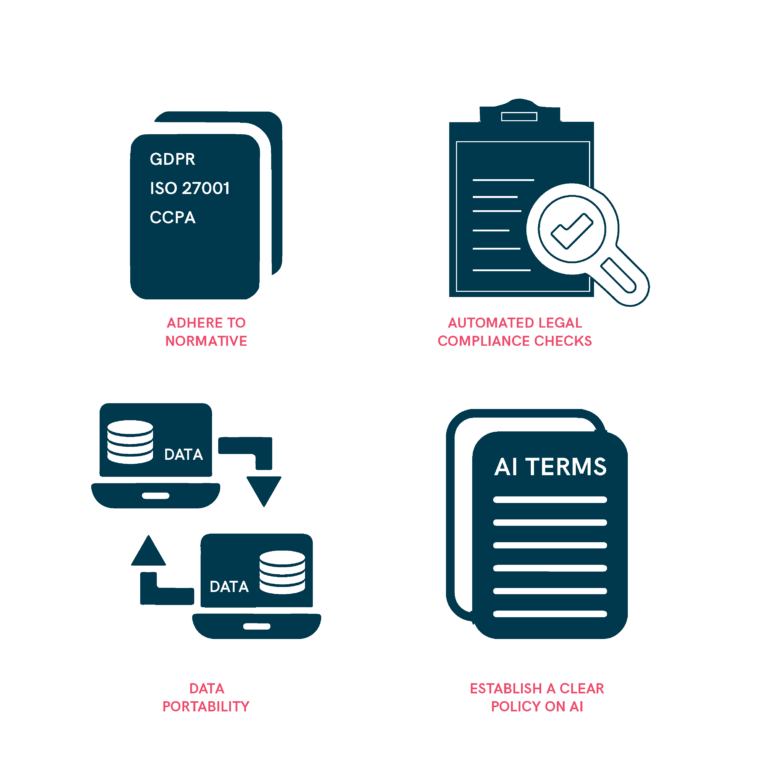
Ensure Legal Compliance
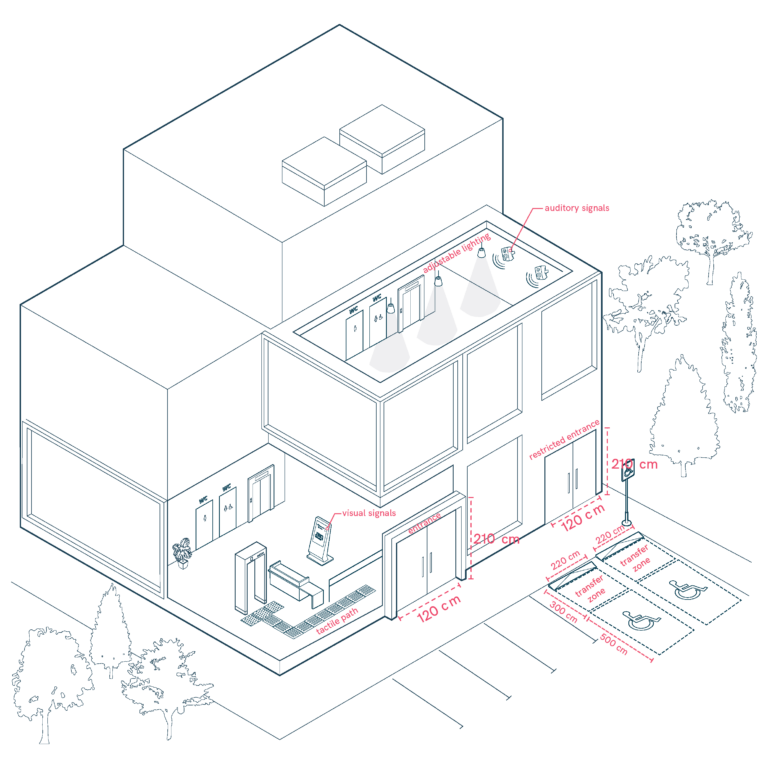
General Aspects of State Buildings
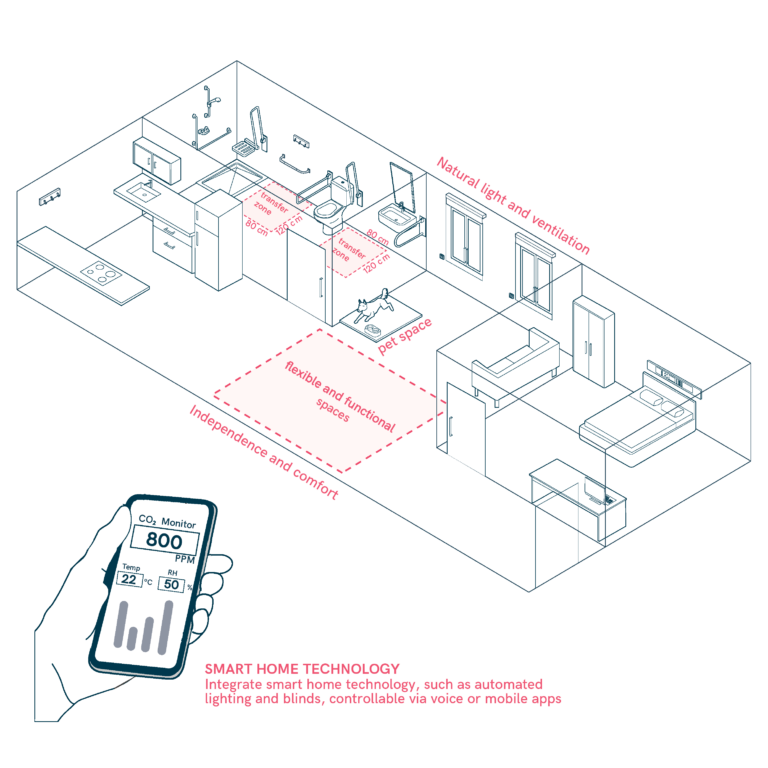
Home

Inclusive Digital Experience
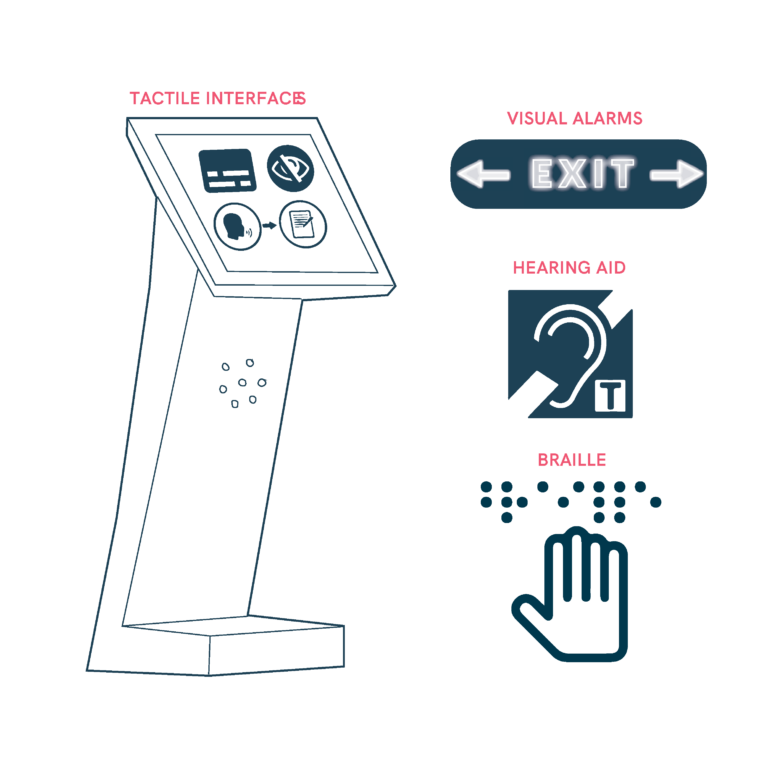
Inclusive Ticketing and Fare Systems at Mobility Hubs
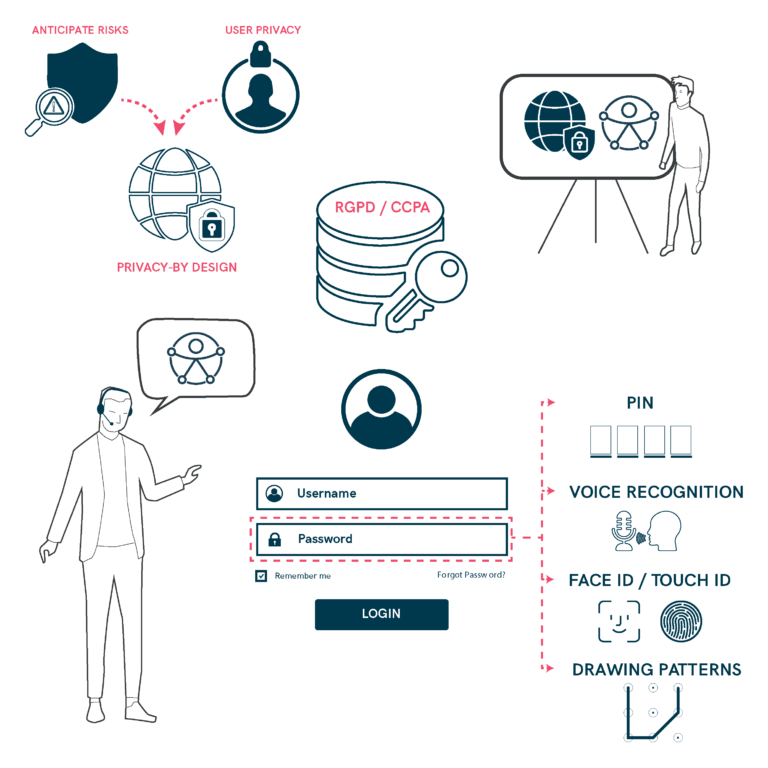
Inclusive Web Environments

Indoor Assistive Technologies
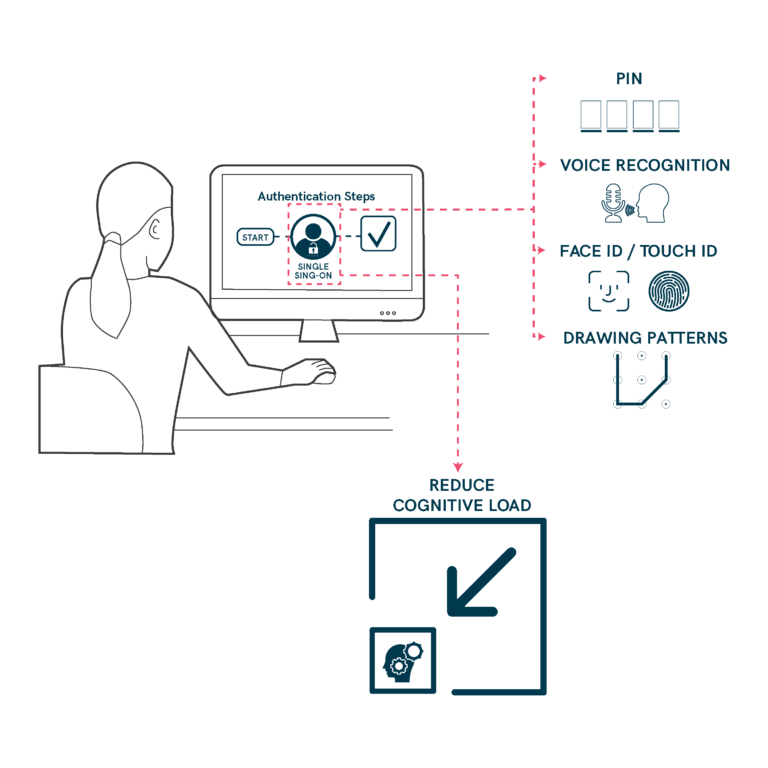
Intuitive Virtual Navigation Flows

Legislative Buildings

Libraries
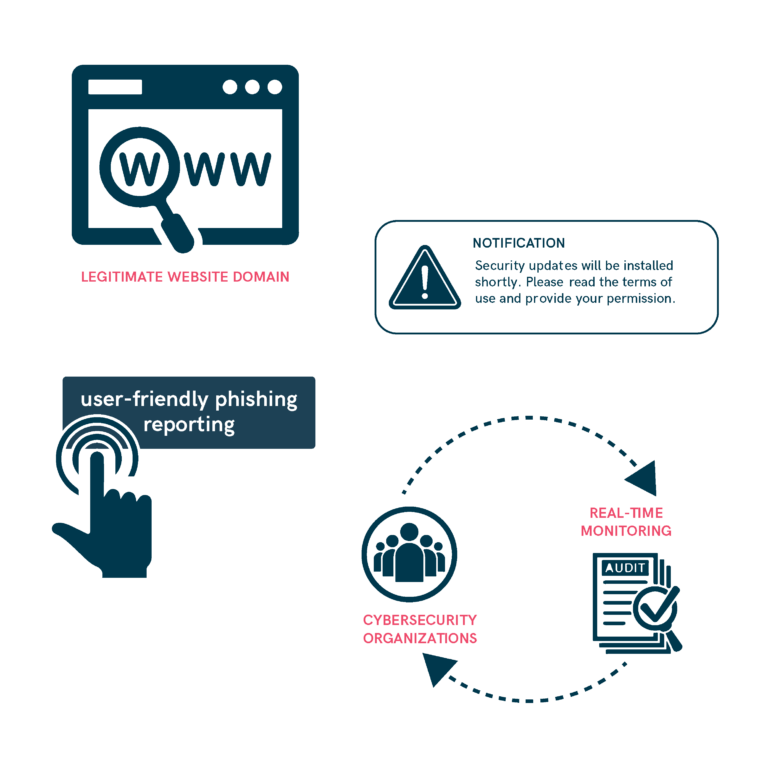
Mitigate Phishing and Digital Fraud

Optimize Digital Content
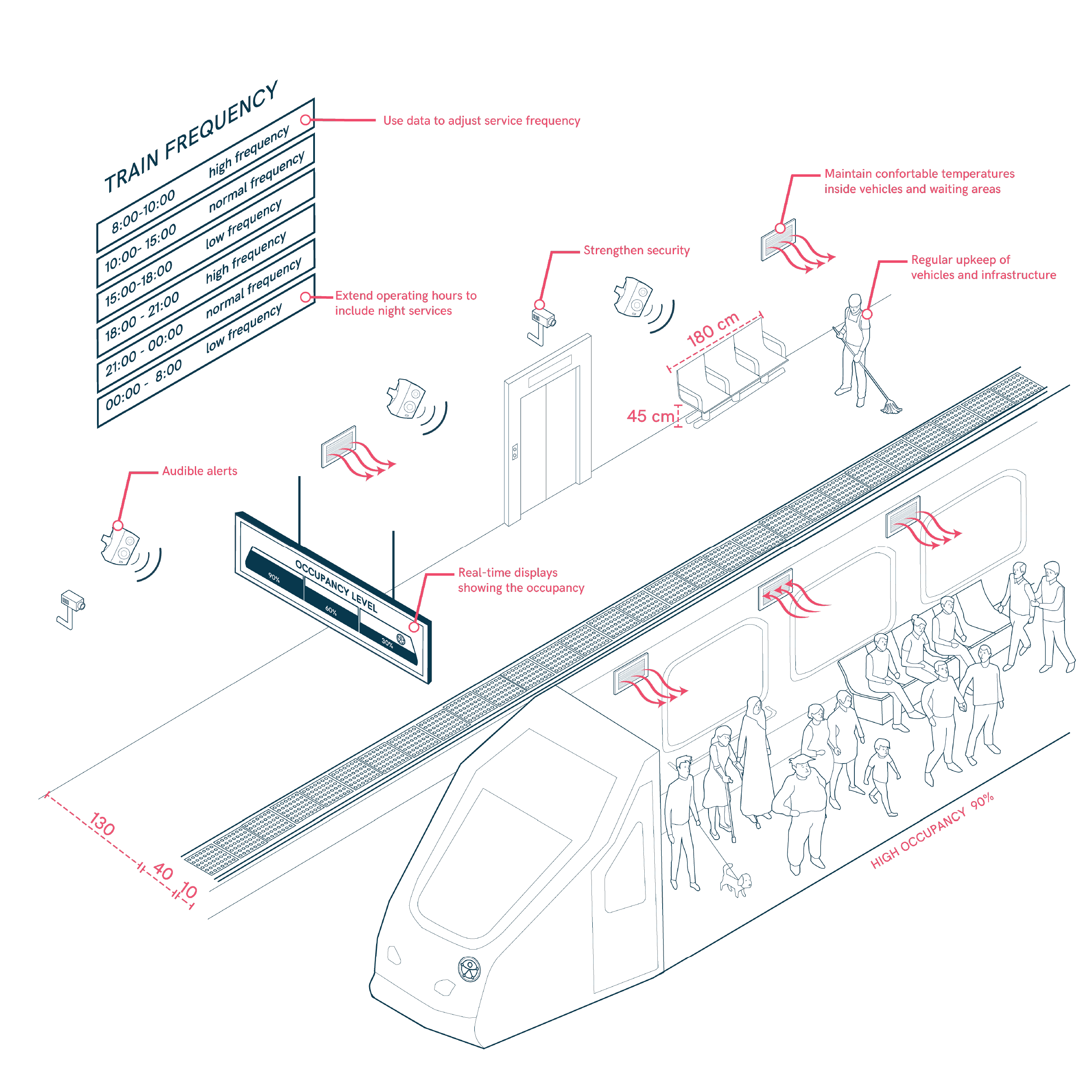
Optimizing Public Transport for Comfort and Well-being
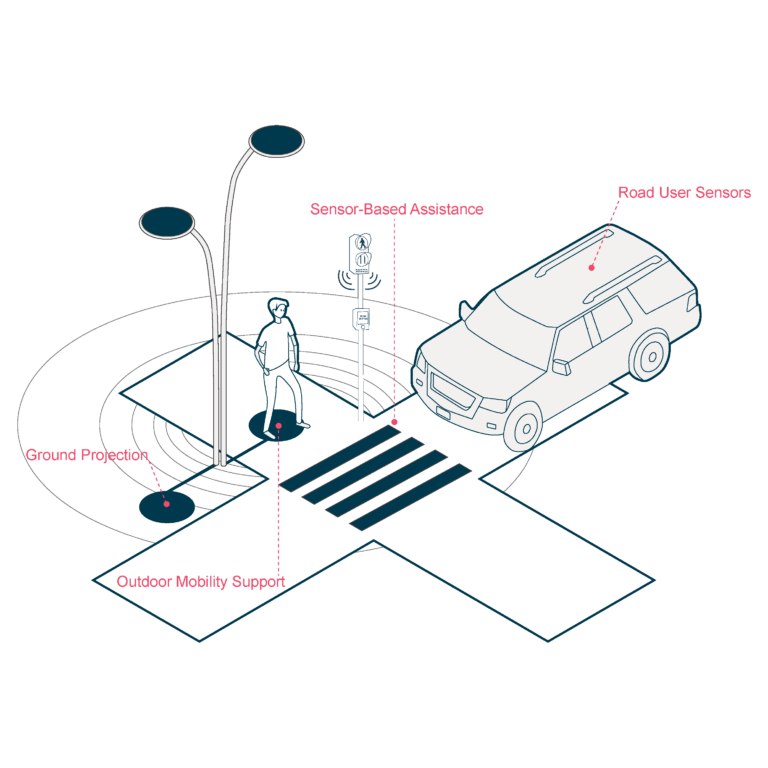
Outdoor Assistive Technologies
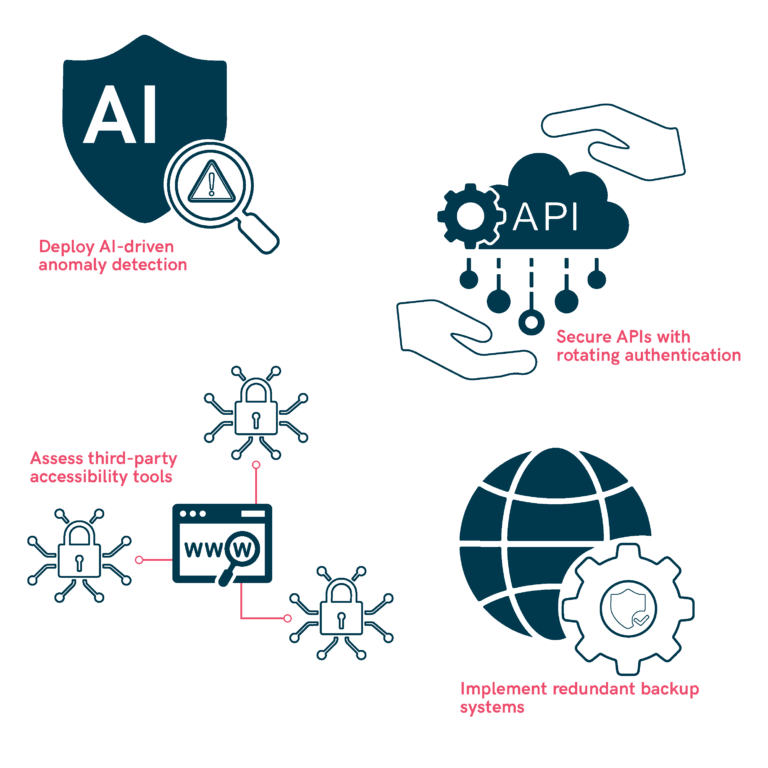
Protect from Cyber Threats
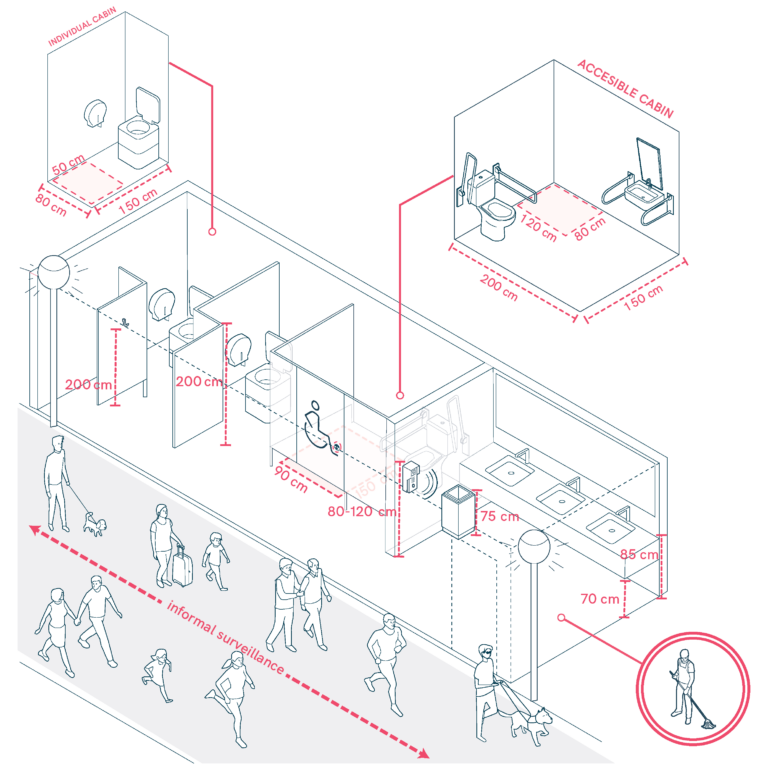
Restrooms in Mobility Hubs
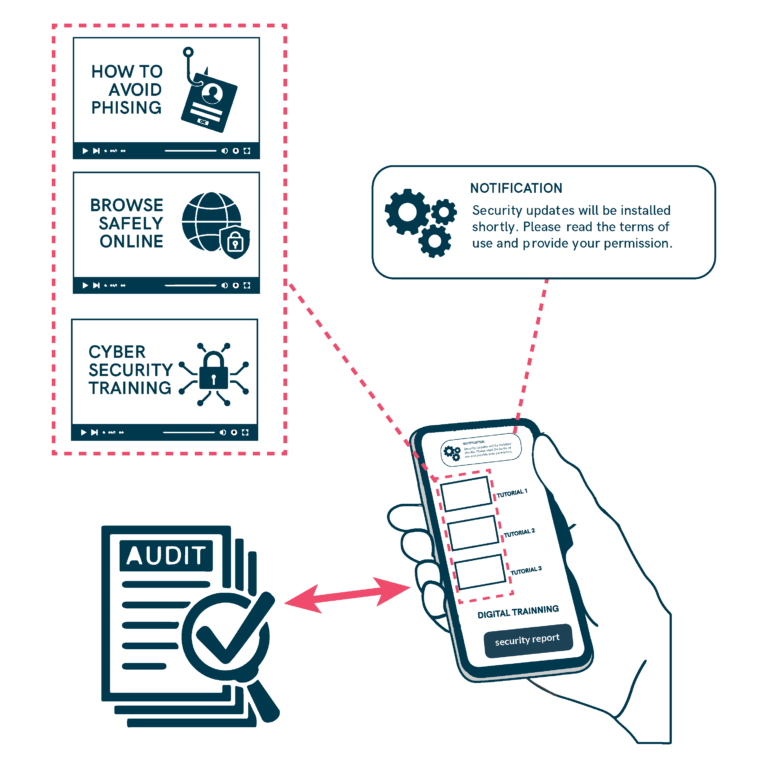
Security Awareness
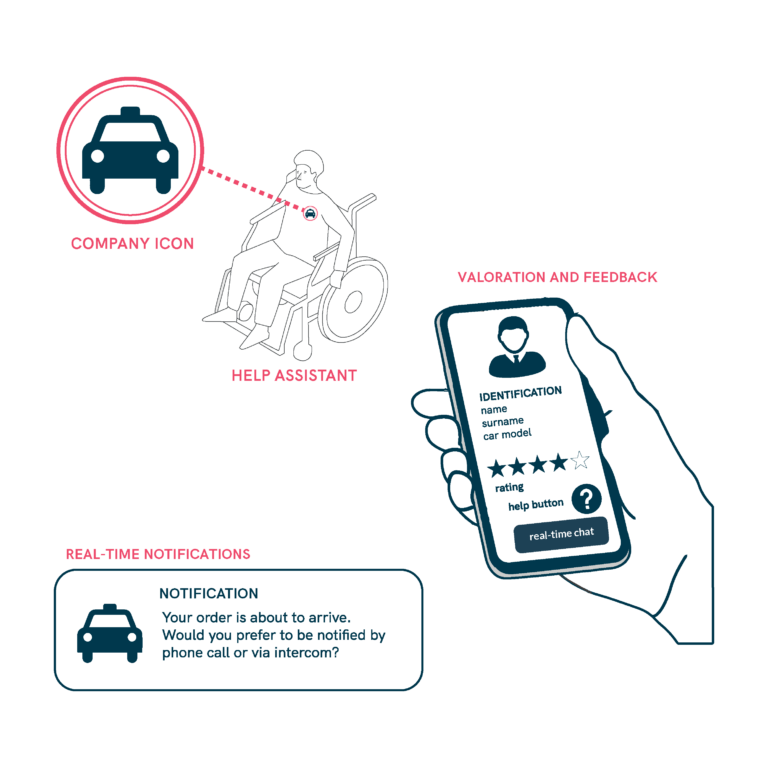
Security Perception

Security-by-Design

Simplify and Clarify Personal Data
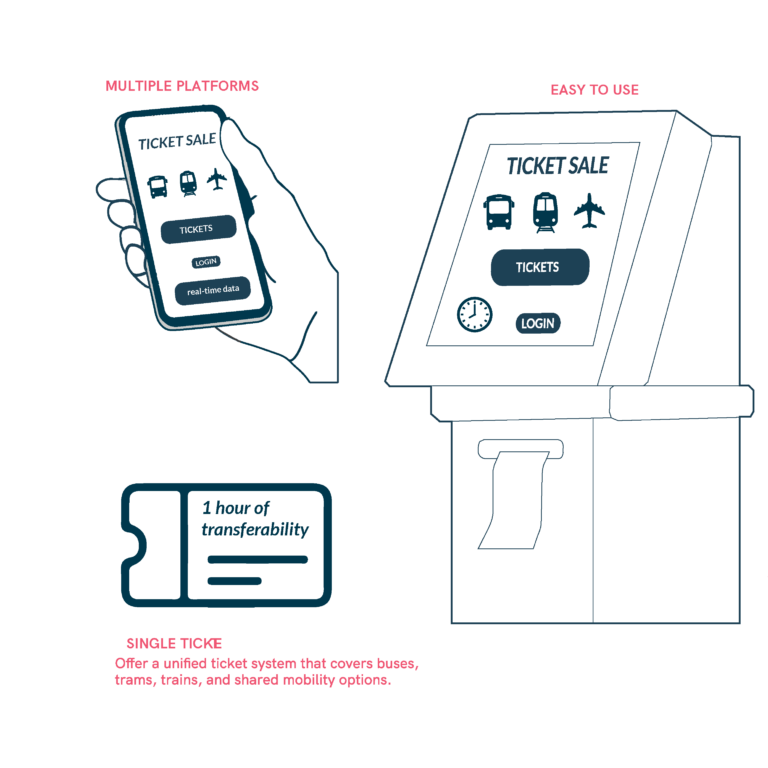
Single Ticket for Multimodal Public Transport

Transport Data Collection

